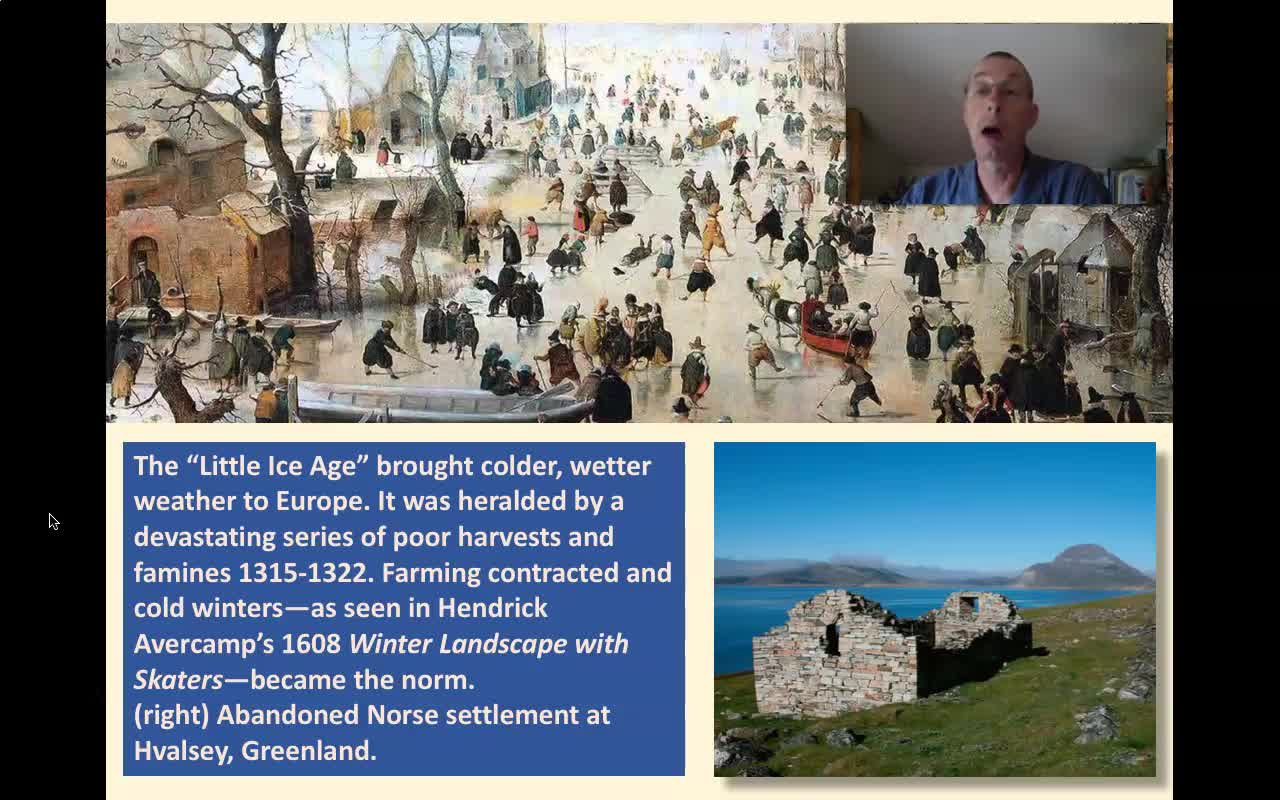Search Results
Results for: 'Clean and Distorted Timbre'

HST67/ENVS167#3-4_Patterns of Change and Continuity
Lecture on endogenous and exogenous factors shaping patterns of rise and fall

Discussion of the use of vises and clamps and various hand tools and carving techniques.

Some producers use membrane separation (called "reverse osmosis" or simply "RO" within the maple industry) in addition to evaporation with heat. In this process, sap is forced through membranes that have pores which are large enough for water to p...

According to the 2019 USDA NASS maple syrup report approximately 90% of Vermont's total annual maple syrup production (about 1.8 million gallons) was sold into the bulk market. The remainder of the crop was sold either to retail or wholesale custo...

All green plants, which includes trees, need sunlight to produce energy for survival. Some trees can satisfy their basic needs with less light than others. Sugar and red maples are two examples of such trees. They are both considered shade-toleran...

Sugar makers and community members alike have noticed a large number of sugar maple seedlings this spring. These first year trees were the result of a large seed year in 2019. Sugar maples begin producing seed when they are about 40 years old or 8...

The USDA National Agricultural Statistics Service or NASS has released the crop totals for the 2020 maple season. Vermont let the US in total taps with 6.15 million statewide. New York had the next highest number of taps with 2.8 million. Combined...